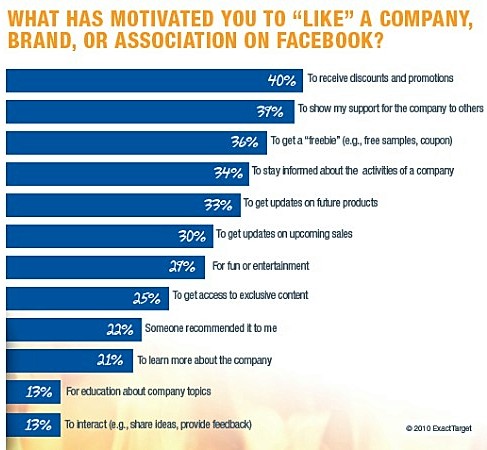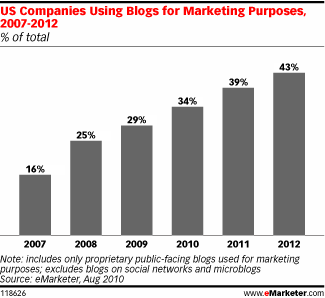 The main message of the dmexco 2010 can be concluded as follows…
The main message of the dmexco 2010 can be concluded as follows…
Marketers have to face the fast dynamics of a changing advertising industry. The new topics they will be tackling in the future are predictive behavioral targeting, multiscreen targeting, augmented reality as well as mobile device advertising and … of course Social Media.
Facing the social web challenge, this means marketers have to look for conversation with their clients, whilst still being authentic, honest, human, friendly, open, conversational, responsive. Business relevant topics are not meant to cross their minds such as contact management and generation, quantitative ROI measurement or sales-driven aspects – and I am not even talking of lead nurturing. At least from a social media user-perspective…
Respect to all marketeers who can make this challenge happen in the future!
My flashback…?
Doing the co-moderation of the conference program was a very exhiting and interesting job. It gave me the opportunity to talk to great marketers (Sidney Mock, Spil Games and Manish Mehta, Dell Inc.), real thought-leaders of the Internet industry (Russell Buckley, AdMob Inc. and Tom Bedecarrè, AKQA) and just fabulous web personalities (Harry Huj, Pepsico Investment and Dean Donaldson, Mediamind).
As there was not much time to look around the halls and the booths, I would like to summarize the event with the 10 tweets and quotes that represent the value, the mood and the atmosphere of dmexco from my perspective.
Future
1. dmexco 2010: The vision of the leaders http://bit.ly/bRyrlQ via @MkDirecto
Augmented Reality
2. Never heard of “augmented reality”? Check out the Museum of London case study http://bit.ly/aucZ4Y via Kaizenadv
iPad
3. Study #iPad Effects: “80 per cent use the iPad predominantly at home” #dmexco #research (translated) via tomorrowfocus
Gaming
4. Sidney Mock, Spil Games, counts 650 million online gamers worldwide via dmexco (More gamers than Facebook users…).
China
5. Harry Hui (Pepsico): “Los consumidores chinos se mueven a otro ritmo”. http://bit.ly/czFA8x via lpittol85
Social Media
6. Great interview with @ManishatDell (my boss) about the value of social media for #dell from the dmexco conf. http://bit.ly/9pjxaF via DennisMSmith
Facebook
7. Joanna Shields: “Marketing develops from a one night stand towards constant connection and ongoing conversations.” #dmexco #Facebook via dmexco
Mobility
8. Dean Donaldson shows the relativity of the mobile progress, reading out a SMS he received during the Mobile Debate. It tells him how expensive roaming is and explains how ISPs limit mobile opportunities like in the AOL age some years ago.
Future Media
9. The future of the media is mobile. Shame *none* of the world’s design/PR agencies have realised: http://cot.ag/dolCIO via Adam Westbrook
Summary
10. Tom Bedecarré, #AKQA, is excited about #dmexco: “What a high energy event with so many people!” via dmexco
Spot On!
After sharing my view, I would appreciate to get your ideas and thoughts. What did you think of dmexco 2010? How did you like the conference program or the debate hall concept? What was positive and negative? Did any of you use the blogger lounge? If so, what did you like or miss? Looking forward to your feedback…
PS: Next dmexco?: Cologne, September, 21. and 22, 2011 !
Foto Credits: Horizont
 Finally, Twitter starts their first trials rolling out their first advertising into individual users’ Twitter streams. The first clients are from Starbucks, Red Bull and Virgin. This new monetization strategy called Promoted Tweets was announced some while ago and will kick off addressing Hootsuits’s 175 million users with showing them paid tweets. Interested to see how the users will react…
Finally, Twitter starts their first trials rolling out their first advertising into individual users’ Twitter streams. The first clients are from Starbucks, Red Bull and Virgin. This new monetization strategy called Promoted Tweets was announced some while ago and will kick off addressing Hootsuits’s 175 million users with showing them paid tweets. Interested to see how the users will react…










